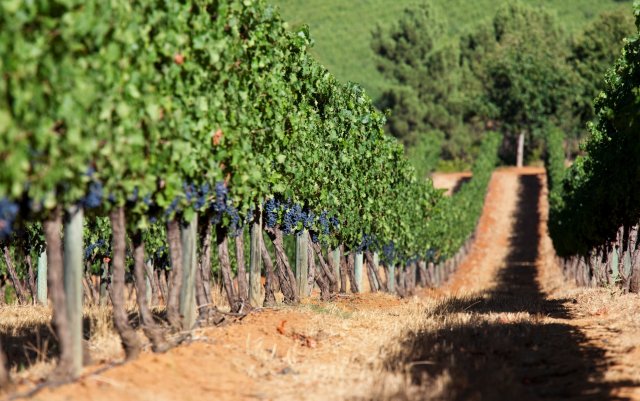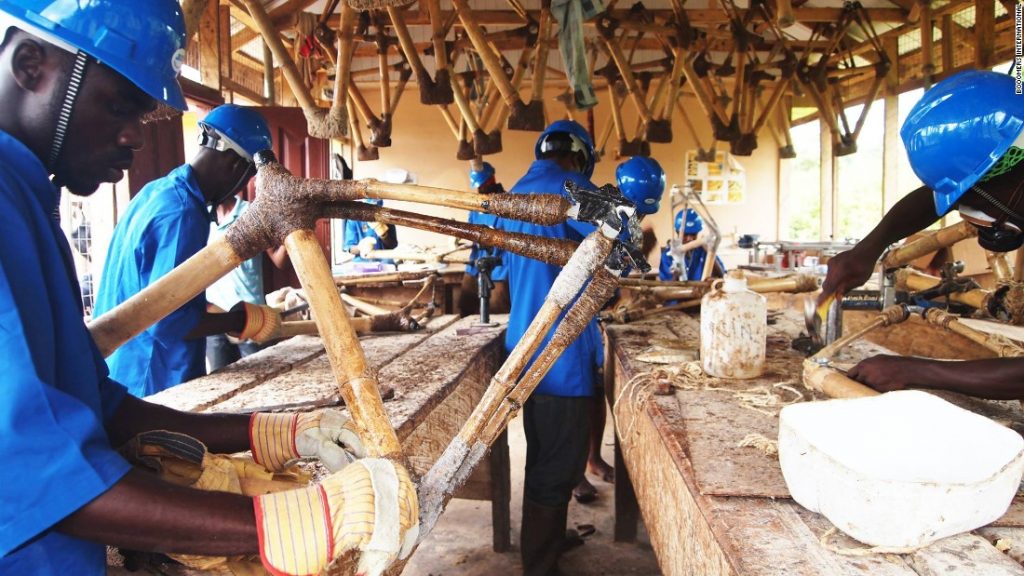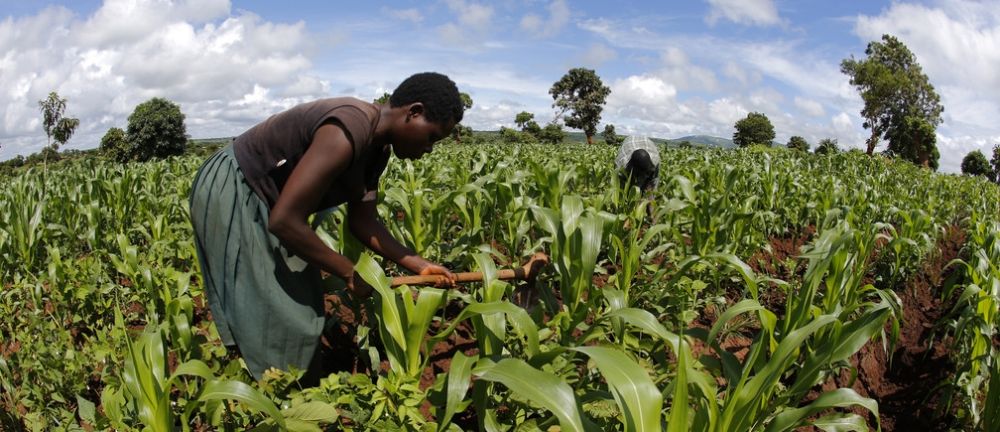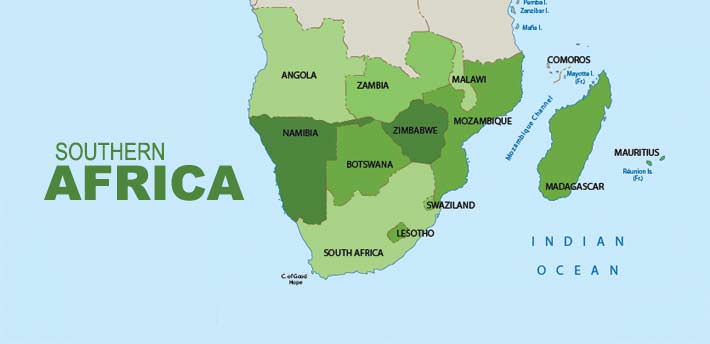Join GlobalBizzNetwork and start your international business network today.
Southern Africa
With a regional population of just over 200 million, Southern Africa is a potential growth spot already home to one of the continent`s biggest economy, South Africa. Other countries in the region are Angola, Botswana, Madagascar, Malawi, Mauritius, Mozambique, Namibia, eSwatini (Swaziland), Lesotho, Seychelles, Zambia and Zimbabwe.
The Southern African region has a growing youthful population, the region is also very rich in minerals and other natural resources. Over the last half a decade, the region has seen a lot of structural change and improved the ease of doing business has enhanced as the area opens more to international trade. In 2017, the region had a combined estimated GDP of about half a billion dollars with the potential for further growth. Mining and agriculture are huge contributors to the regional GDP.
Additionally, policy improvements within the same period are making the region an attractive destination for investment. Furthermore, as the Southern African region pushes for improved industrialisation and better service delivery, there are opportunities for Swedish innovation within different industries within the region. The region also enjoys added advantages with regards to trading with countries within the European Union through the SADC Economic Partnership Agreement. This, together with accessible trade infrastructure increases the participation in trade between the two regions which gives Swedish products access to the market.
In terms of trade, the European Union is the largest regional trading partner and the two regions have signed exclusive partnership agreements with some SADC countries still in negotiation with the European Union for favourable terms. Minerals constitute a significant portion of Southern Africa`s trade with the EU. Additional exports from the region include agricultural produce such as, beef from Botswana, fish from Namibia, sugar from Swaziland, oil from Angola, aluminium from Mozambique. South Africa’s exports to the EU are much diversified and range from fruit to platinum and from manufactured goods to wine. The EU exports a wide range of goods to the SADC EPA countries, most of which is machinery in the form of vehicles and electrical equipment. Other products imported into the region in significantly high volumes include pharmaceuticals and processed food. The annual average growth rate in both imports and exports out of the EU over the last five years has been -0.7 and -2.8 respectively.
Each market within the Southern African region has different approaches to the way they conduct business and trade with the international community.








